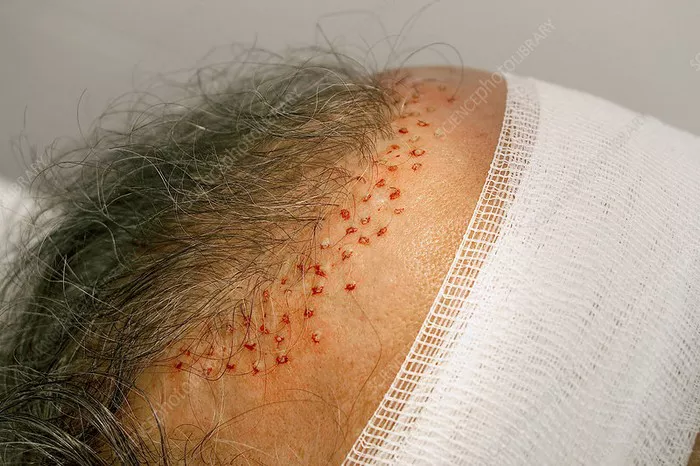Undergoing a hair transplant is a significant decision for those seeking to regain their luscious locks. To maximize the results and ensure a lasting, natural-looking outcome, many individuals consider using finasteride, a medication designed to combat hair loss. In this article, we’ll explore the timing of when you can safely use finasteride after a hair transplant and address important considerations to achieve the best results.
Understanding Hair Transplants and Finasteride
Before diving into the timing of using finasteride post-hair transplant, let’s first understand what each of these elements entails:
1. Hair Transplant: A surgical procedure that involves removing hair follicles from one area of your body (usually the back or sides of the head) and transplanting them to an area with thinning or balding hair.
2. Finasteride: A prescription medication that inhibits the action of the hormone dihydrotestosterone (DHT), which is a primary cause of male pattern baldness.
See Also: The Cost of a Woman’s Hair Transplant: A Quick Guide
The Post-Transplant Healing Phase
Following a hair transplant, the scalp undergoes a healing process. It’s vital to be patient and allow your body to recover:
1. Immediate Post-Transplant Period: For the first few days after the surgery, your scalp will be sensitive and may have some swelling. You must strictly follow the surgeon’s aftercare instructions.
2. Graft Healing: Over the next several weeks, the newly transplanted hair grafts will heal and become securely anchored in their new location. During this phase, it’s crucial to avoid any action that might disturb or damage the grafts.
The Ideal Timing to Start Finasteride
So, when can you start taking finasteride after a hair transplant? Here’s a recommended timeline:
1. Consult Your Surgeon: The first step is to consult your hair transplant surgeon. They will provide personalized guidance based on your specific situation, the type of transplant you received (FUT or FUE), and your overall health.
2. Typical Timeline: In many cases, surgeons recommend starting finasteride about a month after the transplant, once the initial healing is well underway. This timing allows for graft stabilization.
Benefits of Combining Hair Transplant and Finasteride
Integrating finasteride into your post-transplant regimen can offer several benefits for maintaining and enhancing your results:
1. Preventing Further Hair Loss: Finasteride can help prevent the natural hair around the transplanted area from thinning, which ensures a more harmonious and natural appearance.
2. Maintaining Hair Density: By reducing DHT’s impact on your hair follicles, finasteride aids in maintaining hair density, resulting in a fuller head of hair.
Potential Side Effects and Consultation
It’s important to be aware of potential side effects and consult a healthcare professional before starting finasteride:
1. Side Effects: Some individuals may experience side effects while using finasteride, such as sexual dysfunction. It’s crucial to weigh the potential side effects against the benefits, and your doctor can provide guidance.
2. Consultation: Before starting finasteride, consult with a healthcare provider to discuss your medical history, any contraindications, and the recommended dosage.
A Comprehensive Approach to Hair Restoration
In conclusion, the ideal timing to start using finasteride after a hair transplant typically falls around one month post-surgery, after the initial healing process has taken place. The combination of a hair transplant and finasteride can offer a comprehensive approach to hair restoration by preserving the transplanted hair and preventing further hair loss in other areas.
It is crucial to consult with your hair transplant surgeon and a healthcare professional before initiating finasteride, as individual circumstances and medical history can influence the decision. By following the guidance of experts and adhering to the prescribed dosage, you can increase the likelihood of enjoying the full benefits of your hair transplant, achieving a natural, lasting, and healthy head of hair.


